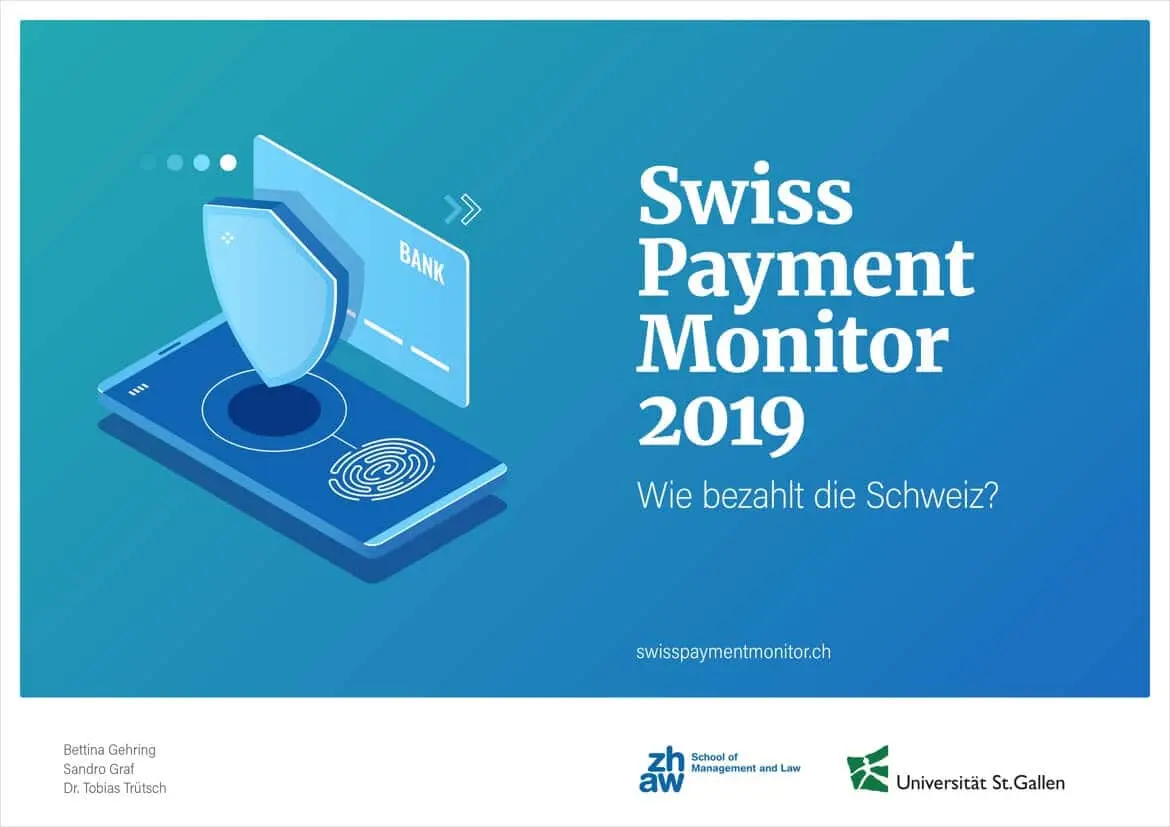Swiss Payment Monitor 2019
How does Switzerland pay?

At a glance
- Project leader : Sandro Graf
- Co-project leader : Dr. Tobias Trütsch
- Deputy of project leader : Bettina Gehring
- Project status : completed
- Funding partner : Other (Swiss Payment Association), Third party (Concardis Schweiz AG, Worldline/SIX Payment Services)
- Project partner : Universität St. Gallen
- Contact person : Sandro Graf
Description
While the Swiss payment market has developed only slowly over
the years and cash has been the main means of payment for many,
there has been some movement in recent times – partly due to the
increasing internationali- zation and digitization of the means of
payment market. As a result, new providers are constantly entering
the market, competing with innovative cashless offerings for buyers
and market shares and softening existing structures. At the same
time, the diversity on offer is constantly creating new needs and
thus leading to a shift in market conditions, which strengthens the
role of the consumer. The extent of the change is difficult to
assess at this point in time. Ho- wever, it is becoming
increasingly clear that the future of payment will be cashless.
For several years, the Swiss Payment Research Cen- tre (SPRC) of
the Zurich University of Applied Sciences (ZHAW) and the Executive
School of Management, Tech- nology and Law (ES-HSG) at the
University of St. Gallen have been independently looking at issues
related to the topic of «payment» from different angles. The
increasing dynamics of the market have prompted the ZHAW and the
University of St. Gallen to conduct a major joint research project
to investigate the payment behaviour of the Swiss population and
the underlying motives as well as their de- velopment over
time.
The annual Swiss payment survey, which combines the consumer
perspective with the macroeconomic view, is based on a sample of
more than 1000 people aged between 18 and 65 from all three regions
of Switzerland.